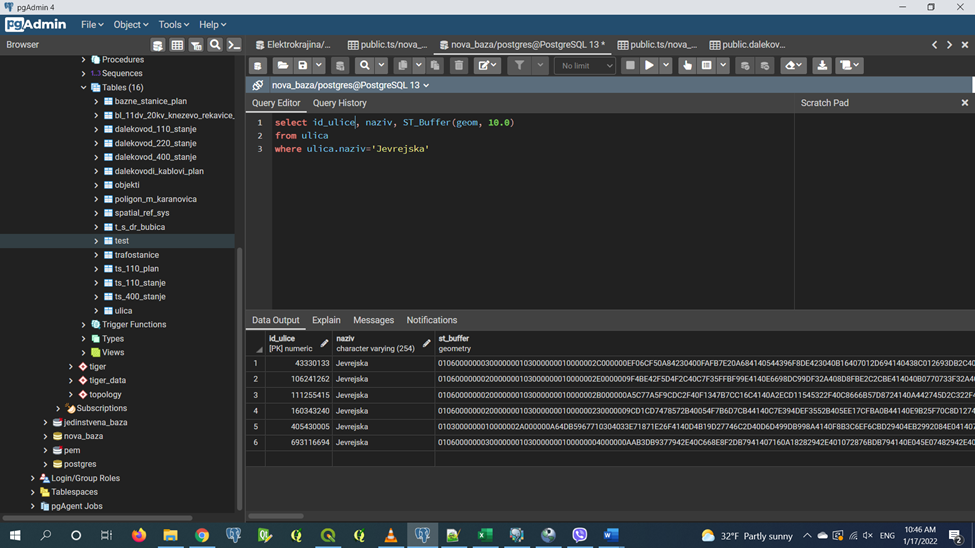All the spatial data imported into our tables are not very useful if we do not have the appropriate tools needed to use and extract the necessary information from it. Spatial queries provide a way to process a huge number of records in a very short time.
Nowadays, almost every domain of business, whether it is small online stores or large corporations, uses data. This data is managed using databases. This is why database administrators, especially those with knowledge of SQL databases, are in high demand.
Data is at the core of many web and mobile applications. For example, an application like Facebook contains information about the user, his friends, posts, etc. Databases are used to store this data. SQL is a programming language that allows developers to manipulate that data.
The abbreviation SQL refers to Structured Query Language, i.e. structured query language.
According to the W3School definition: "SQL is a standard language for storing, managing and retrieving data in databases".
Basically, it is a language that allows communication with databases and management of all the data they contain
The concept of SQL was first developed in the 1970s by Edgar F. Codd, a pioneer in relational database management. He wanted to create a system that would facilitate the management of shared databases. IBM engineers Donald D. Chamberlin and Raymond F. Boyce accepted the theory behind Codd's research and began developing the concept, using it to search for information in System R, the company's semi-relational database.
IBM continued to develop the technology and initially called SQL SEQUEL (Structured English Query Language), and in 1979 Oracle (then called Relational Software) released the first commercial version of the system. SEQUEL was later renamed SQL, as SEQUEL was a trademark of the British company Hawker Siddeley Dynamics Engineering Limited.
This programming language has various uses in the field of data analysis, and is particularly useful because it can:
• - Execute queries against the database
• - Retrieves data from the database
• - Updates records in the database
• - Deletes records from the database
• - Creates new databases, or new tables in the database
• - Creates save and review procedures in the database











No comments:
Post a Comment